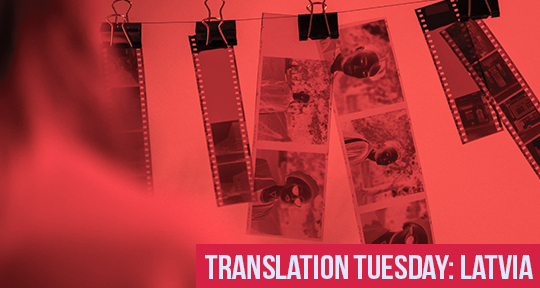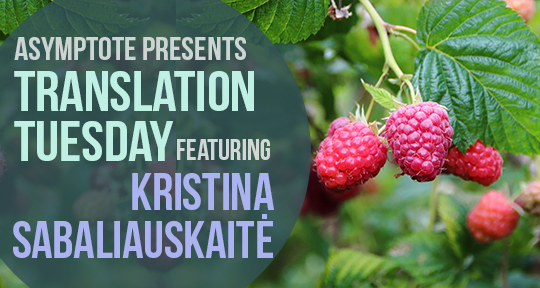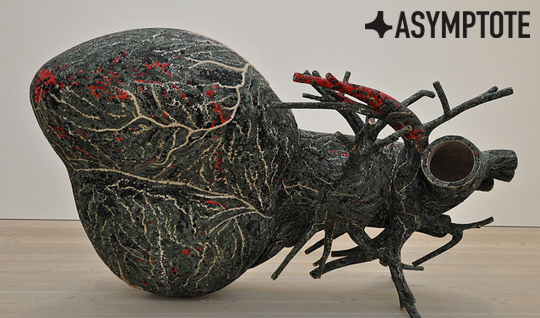For the second Translation Tuesday in a row, we are proudly featuring an author from Lithuania—not just for their excellent writers, but because the Baltic countries are is this year’s Market Focus at this year’s London Book Fair.
This excerpt is by one of the country’s most lauded authors, Kristina Sabaliauskaitė, from her four-part historical novel, Silva Rerum. The novel gives us a panoramic sweep of history from 1659 to 1795 in narrating the generations of a noble family, the Narwoyszes. In Lithuania, the series has been a literary sensation on the level of Knausgaard in Norway or Ferrante in Italy. This excerpt, a seriocomic episode about the death of a beloved cat, provides us with a taste of what Sabaliauskaitė’s talent has in store for the world.
This showcase is made possible by Lithuanian Culture Institute.
On that hot July in the year of Our Lord 1659 Kazimierz and Urszula Narwoysz saw death for the first time. Even though death was all around them, the twins in the tenth year of their lives looked directly into its grey mutable face for the first time and that confrontation which lasted but a few moments, it could be said, decided their fate.
Everything had started several weeks before, when their beloved tabby Maurycy died, a well-fed creature, their companion from the cradle who, keeping his claws retracted, like a Stoic, suffered all their pranks with patience. Even their favourite prank where one of the twins would hold it tight, while the other pulled on its tail. Caught unawares, Maurycy obeyed nature and, forgetting the forgiveness of felines to small children, struggling fiercely, would scratch the one holding it. Most often it was Kazimierz who would feel the brunt, since it was Urszula who had the miraculous ability to put on an angelic face and ambush the cat by pulling on its tail; sometimes, amusing themselves, they would tie something that made a noise to its tail and wrap the unfortunate pet like a babe in swaddling clothes. The last time was when they took things too far: without anyone seeing them and exercising great caution they wrapped Maurycy up and changed their newborn sister lying in her cradle with him. The wet nurse, on seeing the cat wrapped up, began to scream in a voice not her own, while the twins fell around and shrieked with laughter, and later they themselves were screaming in voices not their own while being thrashed, this dangerous prank causing even Jan Maciej Narwoysz to lose his normally unshakeable patience.
READ MORE…



